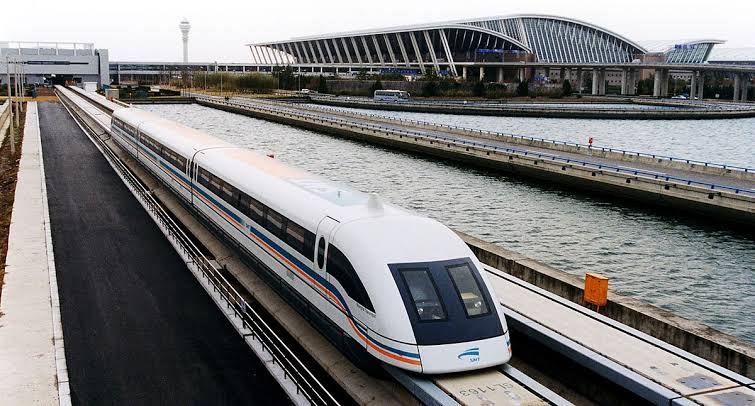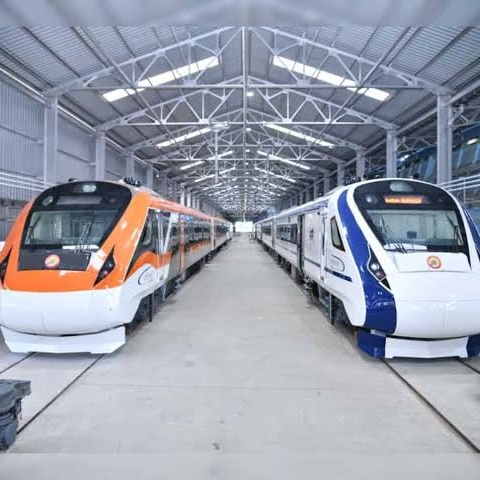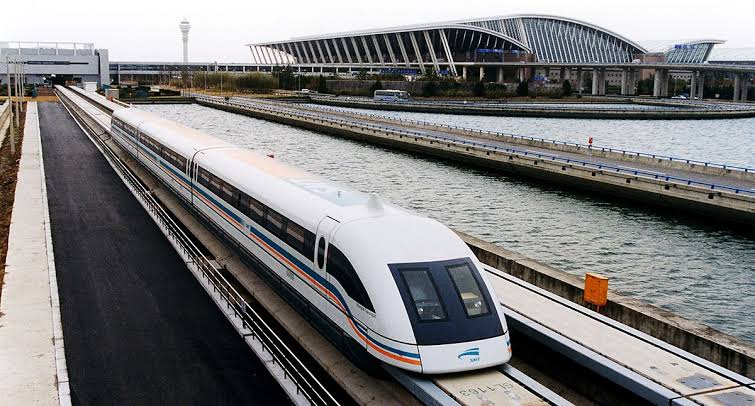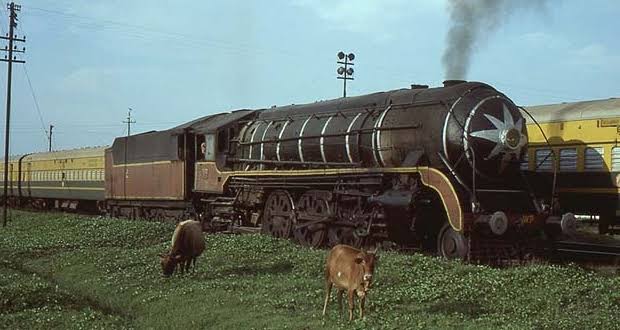Table of Contents
Transition to Historical Evolution:
The historical evolution of railways is a fascinating journey marked by technological advancements and societal changes. It began with the introduction of horse-drawn wagons on tracks and evolved into steam-powered locomotives during the Industrial Revolution. This era witnessed a rapid expansion of railway networks, linking distant places and transforming travel and trade dynamics.
From steam to diesel and electric engines, railways continued to evolve, improving speed, safety, and capacity. The advent of high-speed trains and modern signaling systems further enhanced efficiency and connectivity. Today, railways stand as sophisticated systems with advanced technologies, contributing significantly to global transportation networks.As we delve deeper into the historical evolution of railways, we uncover stories of innovation, engineering marvels, and the enduring impact of this mode of transportation on societies worldwide.
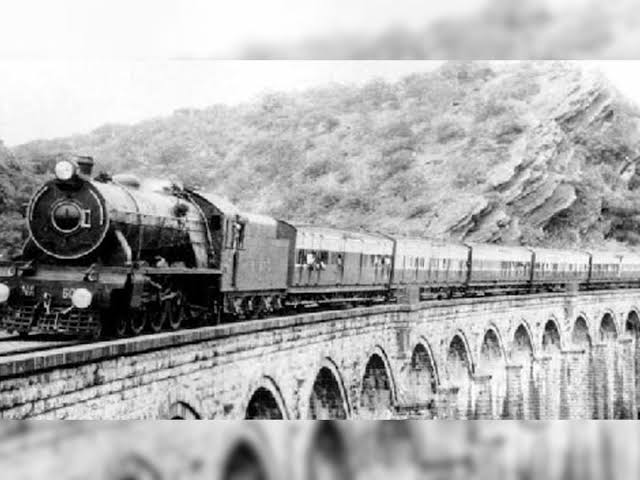
The Industrial Revolution had a monumental impact on the development of railways, ushering in a new era of transportation and connectivity. During this period, advancements in manufacturing, engineering, and technology paved the way for revolutionary changes in railway systems. The need for efficient transportation of raw materials, goods, and people fueled the rapid expansion of railway networks across continents.
Introduction of Steam-Powered Locomotives and Their Significance:
One of the key innovations of the Industrial Revolution was the introduction of steam-powered locomotives. These locomotives, fueled by coal and powered by steam engines, revolutionized the speed, capacity, and reliability of railway transportation. They enabled trains to travel longer distances at higher speeds, making railways the backbone of industrial and commercial activities.
The significance of steam-powered locomotives extended beyond transportation efficiency. They facilitated the development of standardized railway tracks, signaling systems, and safety protocols, laying the groundwork for modern railway infrastructure. The introduction of steam power marked a pivotal moment in history, transforming railways from local transport systems to global networks that shaped economies and societies.
The growth of railways during the 19th and 20th centuries saw a remarkable expansion across continents, including the United States, Europe, and Asia. This expansion was fueled by the need for efficient transportation networks to support growing industries, urban centers, and trade routes.
Role of Railways in Connecting Cities and Facilitating Trade and Travel:
Railways played a pivotal role in connecting cities, towns, and rural areas, bridging geographical distances and fostering economic development. They became lifelines for industries, transporting raw materials, finished goods, and people with unprecedented speed and efficiency. The ease of travel offered by railways revolutionized tourism, allowing people to explore distant destinations and experience diverse cultures.
Railways also facilitated international trade, linking ports, manufacturing hubs, and agricultural regions. They became instrumental in the movement of goods between countries, boosting commerce and globalization. The interconnectedness provided by railways transformed regional economies, promoted cultural exchange, and paved the way for a more interconnected world.
As railways expanded their reach, they became symbols of progress, unity, and connectivity, shaping societies and economies across continents.

Technological Advancements: Transforming Railways for the Future
From Steam to Diesel and Electric Locomotives:
The transition from steam to diesel and electric locomotives marked a significant turning point in railway technology. This evolution began in the early 20th century and accelerated post-World War II, as the world sought more efficient, reliable, and environmentally friendly transportation solutions. Diesel locomotives, with their greater efficiency and lower maintenance costs, gradually replaced steam engines, transforming the operational dynamics of railways. The advent of electric locomotives further revolutionized the industry, offering even higher efficiency, reduced emissions, and the ability to sustain higher speeds.These shifts not only reflected technological progress but also a commitment to enhancing sustainability in transportation.
Development of High-Speed Railways and Modern Signaling Systems:
The development of high-speed railways and modern signaling systems represents the cutting edge of railway technology. High-speed trains, such as Japan’s Shinkansen and France’s TGV, have redefined what is possible in rail travel, connecting major cities with speeds exceeding 300 km/h (186 mph). These trains offer a competitive alternative to air travel, combining speed with efficiency, comfort, and lower environmental impact.
Parallel to the rise of high-speed trains, modern signaling systems have significantly enhanced safety and efficiency on the railways. Technologies like the European Train Control System (ETCS) and Positive Train Control (PTC) in the United States have automated many aspects of train operation, preventing collisions and enabling more precise control over train movements. These advancements ensure that railways remain a vital and growing part of global transportation infrastructure.
As we embrace these technological advancements, the future of railways looks brighter than ever. With ongoing innovations in propulsion technology, materials science, and digital systems, railways continue to evolve, promising faster, safer, and more sustainable transportation for generations to come.
Impact on Society: The Transformative Power of Railways
Economic Impact: Boosting Industry, Creating Jobs, and Facilitating Commerce:
The advent and expansion of railways have had a profound economic impact, serving as a major catalyst for industrial growth, job creation, and the facilitation of commerce. By significantly reducing transportation costs and time, railways have made it possible to move goods and raw materials with unprecedented efficiency. This has not only boosted industrial productivity but has also led to the creation of a myriad of jobs, both directly within the railway sector and indirectly in industries reliant on rail transport. Furthermore, railways have played a critical role in facilitating commerce, opening up new markets for businesses and contributing to economic integration across regions.
Social Impact: Changing Travel Patterns, Urbanization, and Cultural Exchange:
Beyond their economic contributions, railways have also had a lasting social impact by transforming travel patterns, encouraging urbanization, and fostering cultural exchange. The accessibility and affordability of rail travel have made it possible for people to travel greater distances for education, employment, and leisure, thus changing the very fabric of society. Railways have been instrumental in the growth of cities, turning once remote areas into bustling urban centers. Additionally, by connecting diverse regions, railways have facilitated cultural exchange, allowing for a greater mingling of peoples, ideas, and traditions.This has not only enriched societies culturally but has also fostered a sense of unity and understanding among different communities.
As railways continue to evolve with advancements in technology and infrastructure, their impact on society remains undiminished. Today, as we stand on the brink of a new era in railway history marked by high-speed trains, green technologies, and digital innovations, the potential for further economic and social transformation is immense. Railways, by connecting people and places in ways previously unimaginable, continue to play a pivotal role in shaping our world, underscoring their enduring relevance and significance.
Challenges and Innovations in the Railway Sector
Early Railway Challenges: Safety Concerns and Maintenance Issues
The journey of railways from their inception to the modern marvels we traverse today has been one of immense challenge and remarkable innovation. In the early days, safety concerns and maintenance issues were paramount. The steam engines of the 19th century, while revolutionary, were prone to accidents, including boiler explosions and derailments, primarily due to the lack of sophisticated technology and safety standards that are common today. The tracks and infrastructure, often built rapidly to meet the growing demand for rail transport, suffered from wear and tear, necessitating constant maintenance and upgrades. These early challenges, however, set the stage for a relentless pursuit of improvement and innovation that has characterized the railway industry.
Innovations: Maglev Trains, Automated Systems, and Sustainability Efforts
Responding to the challenges, the railway industry has witnessed groundbreaking innovations. Maglev trains, which use magnetic levitation to eliminate friction and achieve unprecedented speeds, exemplify the technological leaps made in the quest for faster, safer, and more efficient rail transport. Automated systems have enhanced safety and efficiency, with computerized signaling and train control systems minimizing human error and optimizing train operations. Moreover, the railway sector’s focus on sustainability has led to significant advances in eco-friendly technologies, including electric trains that significantly reduce greenhouse gas emissions compared to their diesel counterparts and initiatives aimed at minimizing the environmental impact of railway construction and maintenance.
As we look to the future, the challenges of the past serve as a reminder of the railway sector’s capacity for innovation and improvement. With ongoing advancements in technology, including the potential for autonomous trains and the integration of renewable energy sources, the railway industry continues to evolve, offering safer, faster, and more environmentally sustainable modes of transportation. This ongoing evolution underscores the railway’s enduring importance in connecting communities, powering economic growth, and promoting sustainable development.
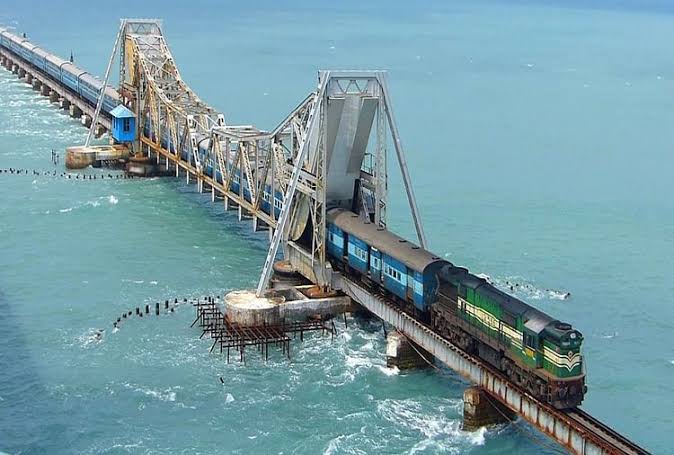
The Evolution of Contemporary Railway Systems
In today’s world, railways stand as a testament to human ingenuity and the relentless pursuit of progress. From the steam-powered locomotives of the 19th century to the electric and high-speed trains that now crisscross the globe, the evolution of railway systems has been nothing short of revolutionary. Contemporary railways are a complex blend of advanced engineering, cutting-edge technology, and sustainable practices, serving as the backbone of national economies and a vital component of the global transportation network.
Countries like Japan, France, and China lead the way in high-speed rail technology, with trains like the Shinkansen, TGV, and Maglev setting benchmarks for speed, efficiency, and safety. These modern marvels are not just about getting from point A to point B; they embody a commitment to reducing carbon footprints, enhancing connectivity, and transforming the travel experience. Moreover, urban metro systems and light rail networks have become integral to city life, offering a reliable alternative to road-based transport and significantly reducing urban congestion.
Future Trends and Technologies in Railway Transportation
The future of railway transportation is poised on the brink of transformative change, driven by innovation and a global push towards sustainability. One of the most anticipated developments is the Hyperloop technology, which promises to revolutionize long-distance travel by propelling pods through low-pressure tubes at speeds exceeding those of current high-speed trains. This technology could dramatically reduce travel times between major cities and redefine the concept of commuting.
Sustainability initiatives are also at the forefront of future railway technologies. The shift towards green energy sources, such as solar and wind power, to operate railway networks is gaining momentum. Additionally, efforts are underway to design trains and infrastructure that are more energy-efficient and produce fewer emissions. Electrification of tracks and the development of battery-operated trains are part of this endeavour, aiming to make rail transport even cleaner.
As we look towards the horizon, the integration of artificial intelligence and the Internet of Things (IoT) into railway systems promises enhanced safety, operational efficiency, and passenger experience. Smart railways, equipped with sensors and AI algorithms, can predict maintenance issues, optimize traffic management, and offer personalized services to passengers, making rail travel more attractive than ever before.
In essence, the journey of railway transportation is an ongoing saga of innovation and adaptation. With each leap forward, railways continue to redefine their role in the global transport ecosystem, promising a faster, cleaner, and more connected future. The evolution of railway systems and the advent of groundbreaking technologies underscore the enduring relevance and ever-expanding potential of rail transport in the modern world.
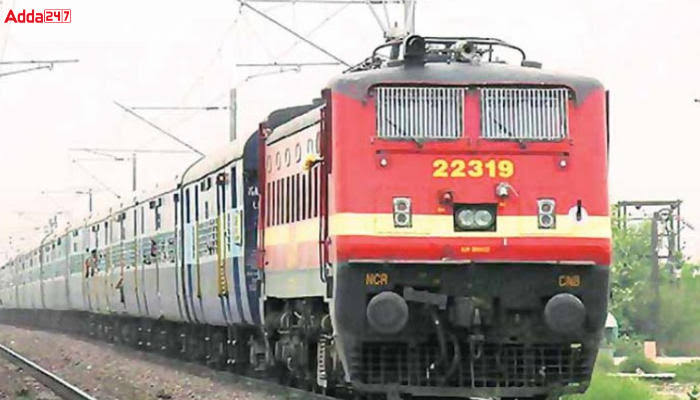
The inception of railways can be traced back to the ancient tracks laid by civilizations such as the Greeks, Romans, and Egyptians, initially intended for the transportation of goods. However, it was the Industrial Revolution that truly set the stage for the railway boom, introducing the world to the power of steam locomotives. This era witnessed the transformation of railways into the arteries of commerce and communication, forever changing the pace and pattern of life.Fast forward to the present, and railways continue to be a vital component of the global transportation ecosystem. The introduction of electric and diesel trains, followed by the marvels of high-speed rail technology, has not only made travel faster but also more eco-friendly. Today’s railways are a complex integration of advanced technology, sustainability, and innovation, reflecting a commitment to progress and environmental stewardship.
As we look to the future, railways hold a promise of even greater advancements. The frontier of railway technology is teeming with potential, from the development of hyperloop systems that promise to redefine speed, to the embrace of green initiatives that aim to reduce the carbon footprint of mass transit. The integration of AI and IoT into railway operations is set to enhance safety, efficiency, and the passenger experience, signaling a new era of smart transportation.
The journey of railways is far from reaching its terminus. With every innovation, railways reaffirm their place as a cornerstone of human progress, offering a glimpse into a future where distances shrink, and the world becomes more connected. As we continue to navigate the challenges of the 21st century, the evolution of railway technology stands as a testament to our collective resolve to move forward, faster and greener than ever before. In this relentless pursuit of advancement, the tracks laid by our ancestors extend into the horizon, promising journeys yet to be imagined.
This passage talks about trains. What exactly is the history of railways?

The history of railways is a long and interesting story! It all started with horse-drawn wagons on tracks, and then during the Industrial Revolution, steam engines came along. This totally changed how people traveled and traded goods, because trains could move things much faster and further.
It mentions the Industrial Revolution. How did that impact railways?

The Industrial Revolution was a key turning point for railways. It led to the development of the steam engine, which made trains much more powerful and efficient. This allowed for the creation of vast railway networks, connecting cities and towns that were previously far apart.
What was the impact of railways on travel?
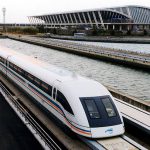
Railways completely revolutionized travel! Before trains, journeys took a lot longer and were often uncomfortable. Trains made it possible to travel long distances quickly and more easily, opening up new opportunities for people to explore and visit faraway places.
How did railways affect trade?

Railways had a huge impact on trade. They made it much faster and cheaper to transport goods over long distances. This helped businesses to grow and expand their markets, and it also made a wider variety of goods available to people all over the world.
So, what was the overall effect of railways on society?
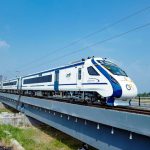
The development of railways had a massive impact on society. It changed the way people traveled and traded, and it also led to the growth of cities and industries. Railways helped to connect people and places all over the world, and they continue to be an important part of our transportation system today.

